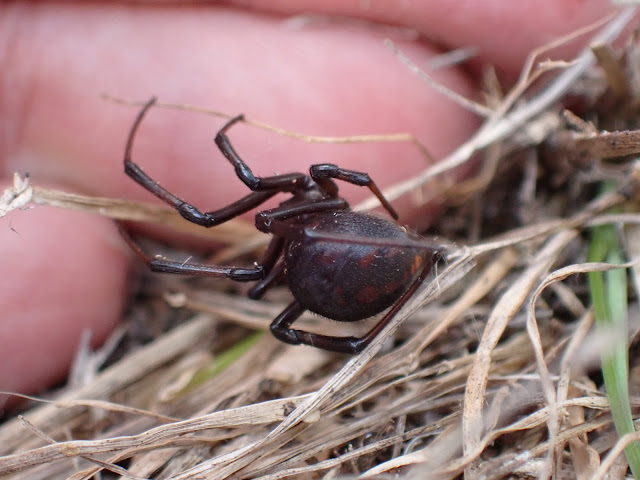Arachnolingo 2, part III: Medically significant, venomous, dangerous: Why should we care?

This is part 3 of an article that was so long it became a trilogy. You can click here for part one , about what "venomous" really means, and here for part two , about the term "medically significant", and how it differs from "venomous" and "dangerous". "Venomous" and "poisonous" don't mean what most people think they mean . What most people actually mean when they use these words generally is " medically significant ". Does it matter that much, though? Is it that important to use "medically significant" instead? If that's what everyone understands when we say "venomous" or "poisonous", why not simply use them that way in everyday conversations, and keep the fancy talk for expert discussions only? Isn't it just pedantic and useless to correct people about it all the time? That would be a fair and valid point, if these words were not purposefully used in the wrong way by p...
